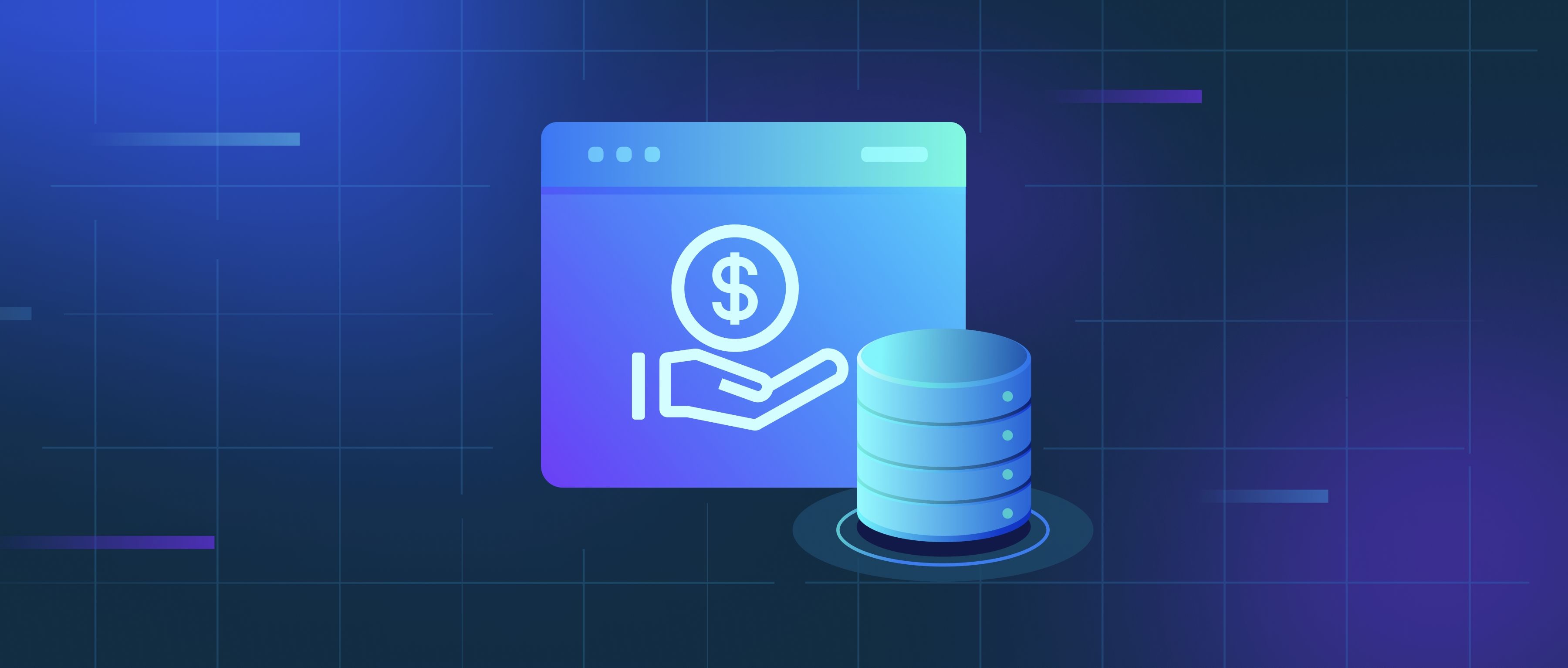To optimize OpenAI API calls for performance, you can focus on managing the volume of requests, reducing latency, and efficiently processing the responses. First, consider batching your requests. Instead of sending individual calls to the API for multiple inputs, combine several requests into one call where possible. For instance, if you have multiple prompts that can be processed together, send them in a single API call. This not only reduces the number of requests made but can also lead to a more efficient use of resources and possibly lower costs.
Another key factor to consider is the max tokens parameter in your requests. By controlling the maximum number of tokens in the responses, you can minimize the amount of data transferred and improve response times. Tailor the response length to your specific needs; if you consistently require short answers, set a lower max tokens limit. Additionally, review the temperature and top_p parameters to find a balance between creativity and consistency in responses. A lower temperature may yield more predictable outputs, which can reduce the need for excessive follow-up requests for clarification.
Finally, implement caching mechanisms where appropriate. Store results from previous API calls that are likely to be reused. For example, if your application asks the same questions frequently or operates within a high-demand environment, caching the responses can save time and reduce the load on the API. This practice not only enhances performance but also contributes to cost savings, as you minimize the number of requests sent to the API. By strategically managing requests, response settings, and utilizing caching, you can significantly improve the performance of your OpenAI API interactions.
